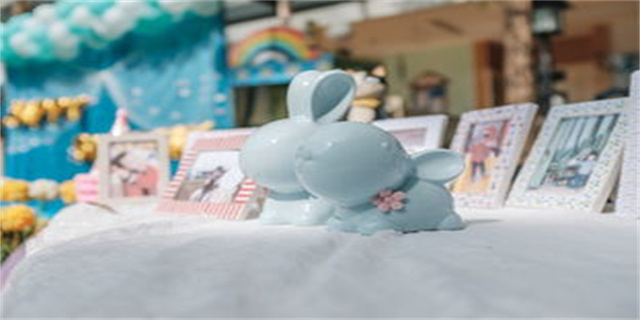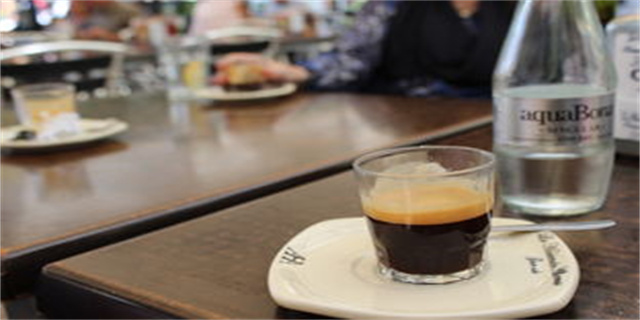摘要:Exploring the Art of Portraiture
Portraiture is an artistic genre that has been practiced for centuries. It involves capturing the likeness and personality
Exploring the Art of Portraiture
Portraiture is an artistic genre that has been practiced for centuries. It involves capturing the likeness and personality of an individual through various artistic mediums. From traditional paintings to modern photography, portraiture has evolved over time, yet it continues to be a meaningful and powerful form of artistic expression. In this article, we will delve into the world of portraiture, exploring its history, techniques, and significance in today's society.
The History of Portraiture
Portraiture has a rich history dating back to ancient times. In ancient Egypt, portraits were created to commemorate pharaohs and nobility. These paintings and sculptures were highly stylized and depicted rulers in idealized forms. Similarly, the ancient Greeks and Romans created realistic busts and sculptures of emperors and important figures.

During the Renaissance, portraiture flourished, with renowned artists like Leonardo da Vinci, Raphael, and Jan van Eyck creating detailed and lifelike portraits. These artists aimed to capture not only the physical likeness but also the essence of their subjects. Portraits during this period often included symbolic elements, such as objects representing the individual's occupation or social status.
The advent of photography in the 19th century revolutionized portraiture. It allowed for quicker and more accurate representations of individuals. Famous photographers like Julia Margaret Cameron and Edward S. Curtis captured powerful portraits that revealed the inner emotions and complexities of their subjects. As technology advanced, photographers could experiment with different lighting techniques, angles, and compositions to create visually stunning and thought-provoking portraits.

Techniques in Portraiture
Portraiture encompasses a wide range of techniques and mediums. Traditional paintings often involved meticulous brushwork and layering of colors to achieve a realistic depiction. Artists would carefully study the subject's facial features, expressions, and body language to capture their unique characteristics. These paintings required not only technical skill but also a deep understanding of human anatomy and psychology.
In the modern era, photography has become the dominant medium for portraiture. With the widespread availability of smartphones and digital cameras, anyone can take a portrait. However, capturing a compelling and meaningful portrait requires more than just pointing and shooting. Professional photographers employ various techniques such as using natural lighting, experimenting with different compositions, and establishing a rapport with the subject to create impactful images that tell a story.
Another technique that has gained popularity in recent years is digital portrait painting. Artists use digital tools and software to create stunning and hyper-realistic portraits. This technique allows for more flexibility and experimentation, as artists can easily undo and redo brush strokes, adjust colors, and add special effects. Digital portrait painting provides artists with new opportunities for creative expression and allows for a fusion of traditional and contemporary techniques.
The Significance of Portraiture
Portraiture holds immense significance in today's society. It allows us to connect with individuals and gain insight into their lives, experiences, and emotions. Portraits have the power to evoke empathy, spark conversations, and initiate social change. They can challenge stereotypes, celebrate diversity, and highlight the shared humanity of people from different backgrounds.
In addition, portraiture plays a crucial role in preserving history and culture. Historical portraits provide a glimpse into the past, allowing us to understand and appreciate the people who have shaped our world. They serve as a visual record of individuals who have made significant contributions to society, leaving a lasting legacy for future generations.
Furthermore, portraiture has a personal significance for individuals and families. Family portraits capture moments of togetherness and serve as cherished mementos. Graduation portraits mark important milestones in one's life. Self-portraits can be a form of self-expression and introspection. Portraits have the ability to immortalize individuals and commemorate special moments, making them an invaluable part of personal and collective memory.
In conclusion, portraiture is a timeless art form that continues to captivate and engage audiences. Whether through traditional paintings, photography, or digital mediums, portraiture allows artists to delve into the complexities and beauty of the human experience. Its techniques and significance have evolved over time, yet the essence of portraiture remains unchanged — to capture the essence of a person and relay their stories to the world.




